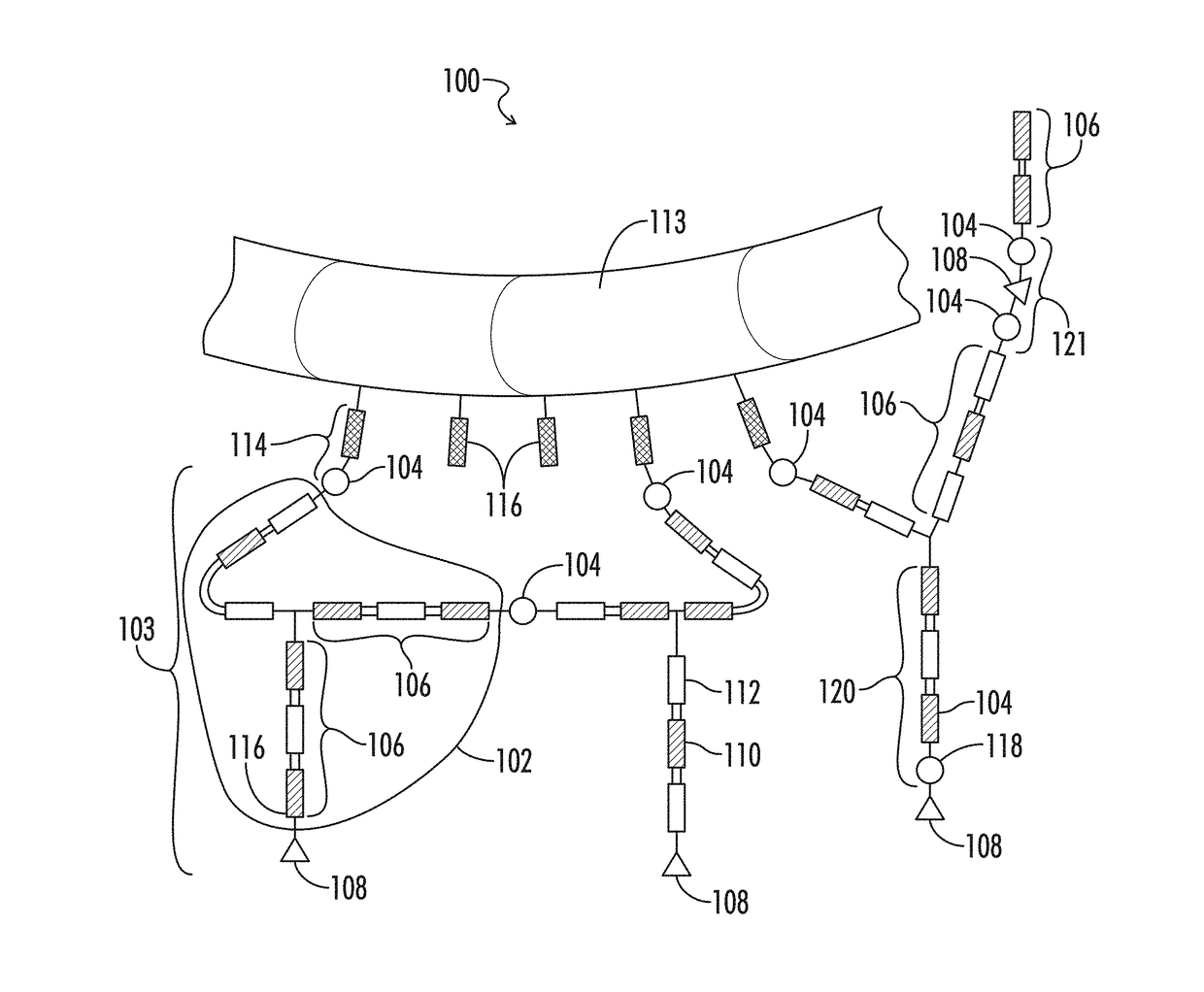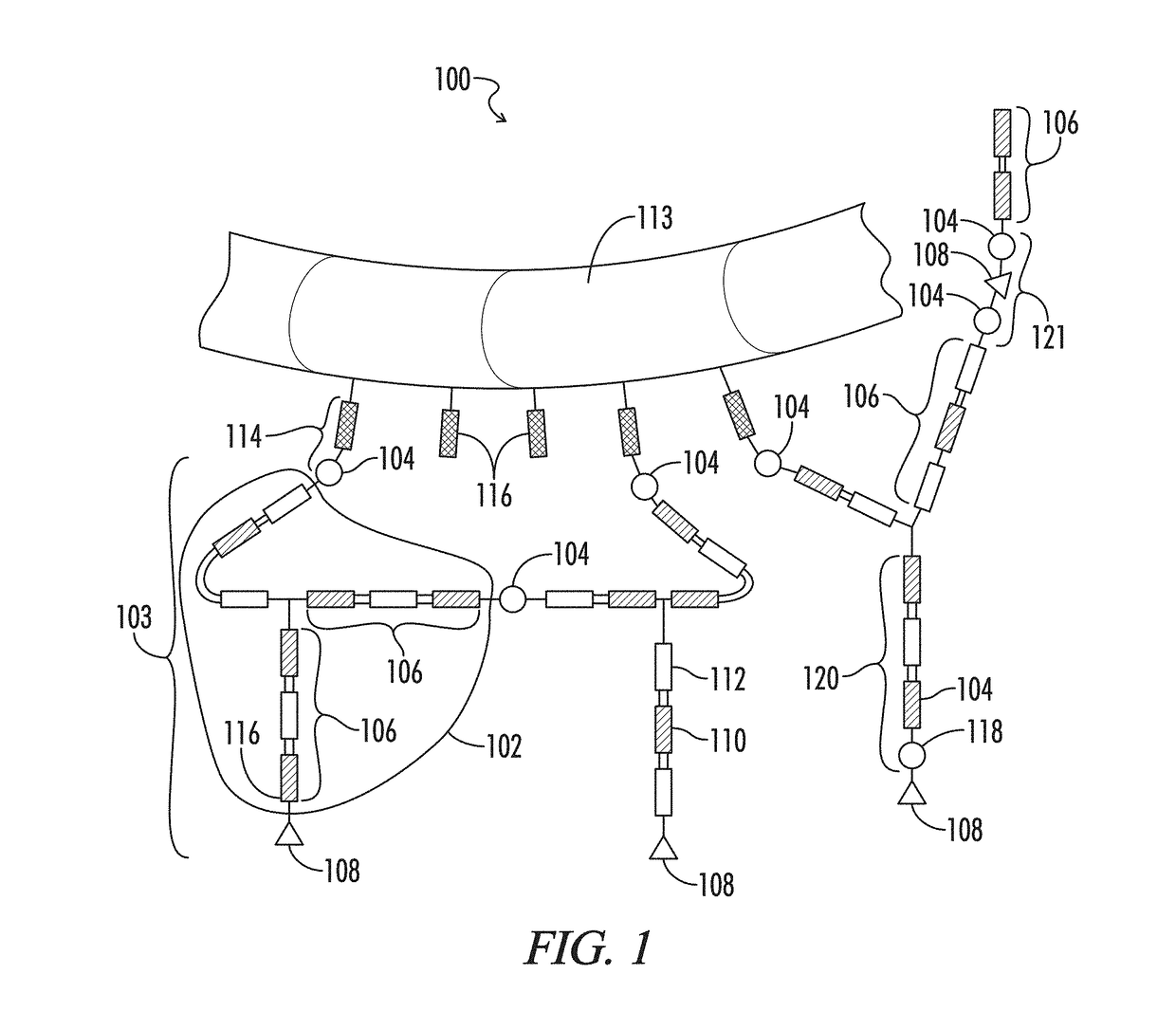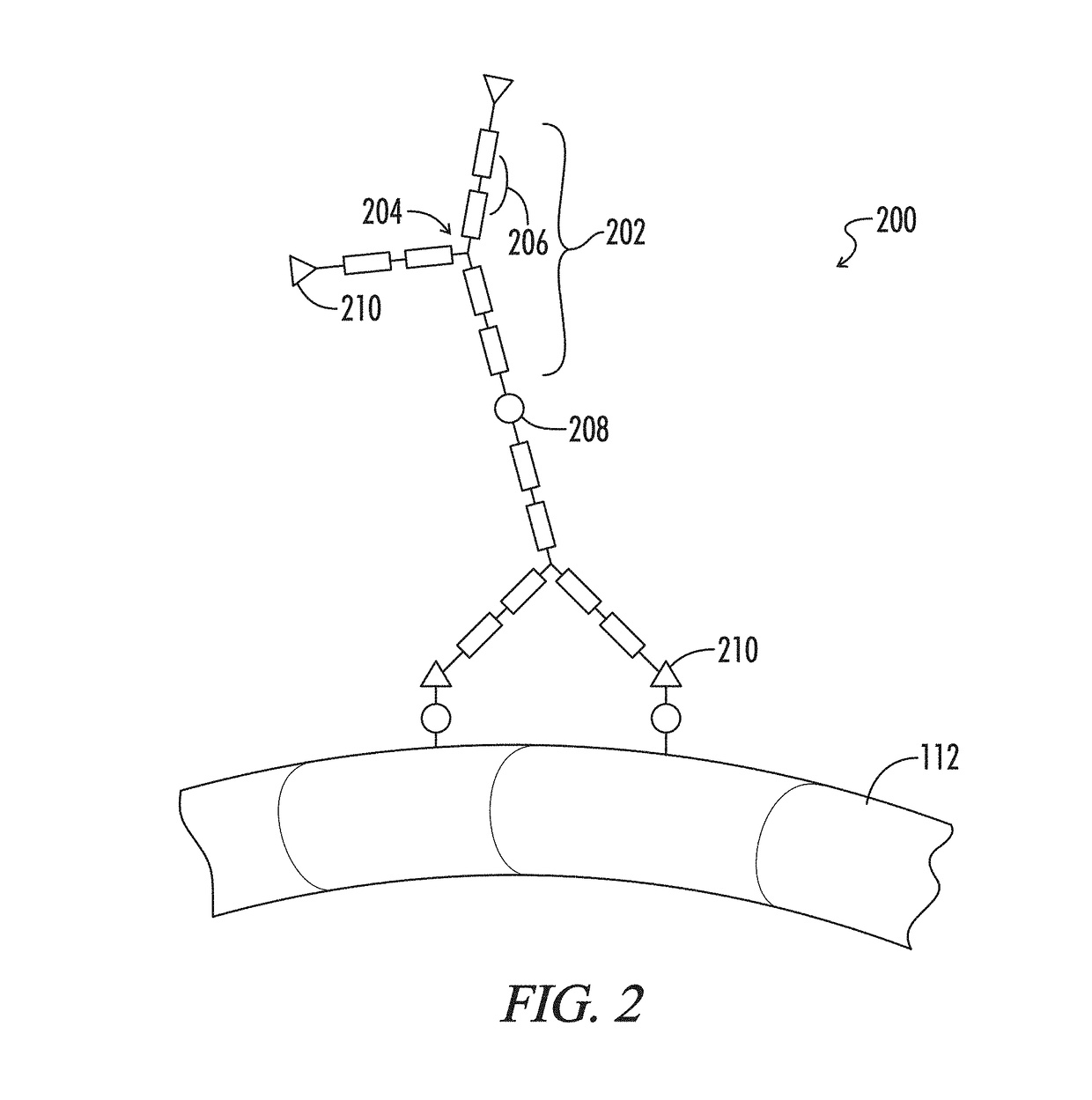Multiphase Gel
a multi-phase hydrogel and gel technology, applied in the field of biomedical and pharmaceutical applications, can solve the problems of cell death, cell death, cell death, etc., and achieve the effect of facilitating tissue association and short-term bonding
- Summary
- Abstract
- Description
- Claims
- Application Information
AI Technical Summary
Benefits of technology
Problems solved by technology
Method used
Image
Examples
example 1
Solid Phase A
[0252]In a 3neck flask are placed 400 g of a PLADiol (Mn=1000) and 200 g of Terathane 2000 (Invista, Wichita, Kans.). Toluene is added in excess, and the mixture gently heated to remove toluene to obtain a 20% w / w solution. After cooling to room temperature, 650 g of isophorone diisocyanate was added and mixed under dry nitrogen. To the mixture was then added 5 g of dibutyltindilaurate (DBTL) and the mixture was heated to 75 .degree.C. After 5 hours, 128.7 g of 1,4butane diol is added and the reaction mixture is diluted with toluene to get concentration of all components of approximately 15% Subsequently, the temperature is raised to 80.degree.C. After 10 hours the mixture is allowed to cool to room temperature. The toluene is driven off under vacuum until a clear solid polyurethane is obtained.
example 2
Solid Phase B
[0253]In a 3neck flask are placed 400 g of a PLADiol (Mn=1000) and 400 g of polyethylene glycol (Mn=2000). Toluene is added in excess, and the mixture gently heated to remove toluene to obtain a 20% w / w solution. After cooling to room temperature, 650 g of isophorone diisocyanate was added and mixed under dry nitrogen. To the mixture was then added 5 g of dibutyltindilaurate (DBTL) and the mixture was heated to 75 degrees C. After 5 hours, 128.5 g of 1,4butane diol is added and the reaction mixture is diluted with toluene to get concentration of all components of approximately 15% Subsequently, the temperature is raised to 80.degree.C. After 10 hours the mixture is allowed to cool to room temperature. The toluene is driven off under vacuum until a clear solid polyurethane is obtained.
example 3
Solid Phase C
[0254]In a Boswellia 3neck flask was placed 200 g of a PLADiol (Mn=2000), 200 g of polycaprolactone (Mn=2000) and 400 g of polyethylene glycol (Mn=2000). Toluene is added in excess, and the mixture gently heated to remove toluene to obtain a 20% w / w solution. After cooling to room temperature, 505 g of isophorone diisocyanate was added and mixed under dry nitrogen. To the mixture was then added 7 g of dibutyltindilaurate (DBTL and the mixture was heated to 75 degrees C. After 5 hours, 128.5 g of 1,4butane diol is added and the reaction mixture is diluted with toluene to get concentration of all components of approximately 15%. Subsequently, the temperature is raised to 80 degrees C. After 10 hours the mixture is allowed to cool to room temperature. The toluene is driven off under vacuum until a clear solid polyurethane is obtained.
PUM
| Property | Measurement | Unit |
|---|---|---|
| molecular weight | aaaaa | aaaaa |
| molecular weight | aaaaa | aaaaa |
| molecular weight | aaaaa | aaaaa |
Abstract
Description
Claims
Application Information
 Login to View More
Login to View More - R&D
- Intellectual Property
- Life Sciences
- Materials
- Tech Scout
- Unparalleled Data Quality
- Higher Quality Content
- 60% Fewer Hallucinations
Browse by: Latest US Patents, China's latest patents, Technical Efficacy Thesaurus, Application Domain, Technology Topic, Popular Technical Reports.
© 2025 PatSnap. All rights reserved.Legal|Privacy policy|Modern Slavery Act Transparency Statement|Sitemap|About US| Contact US: help@patsnap.com



